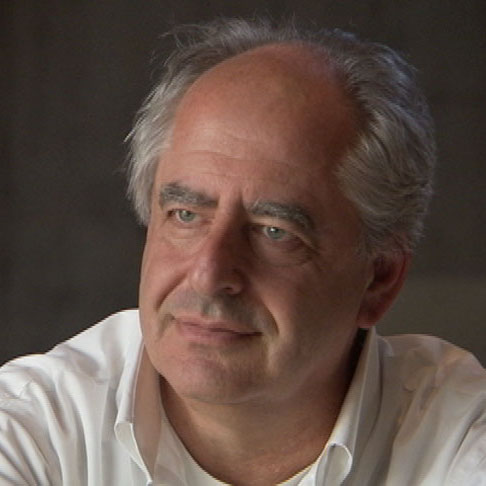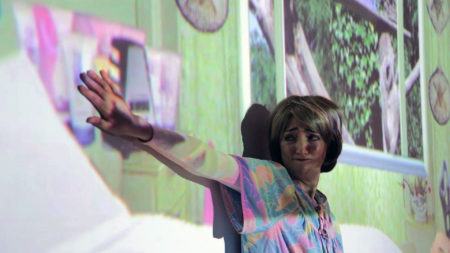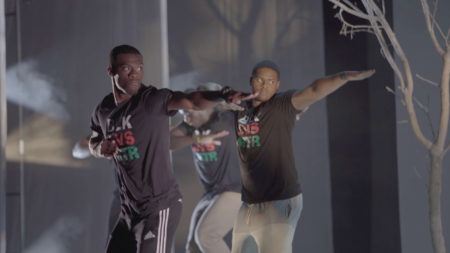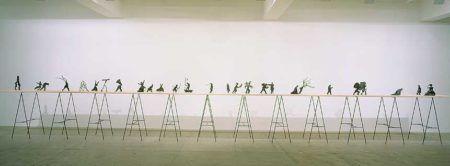Continue playing
(Time remaining: )
Play from beginning
Continue playing "{{ controller.videos[controller.getVideo(controller.currentVideo)].segmentParentTitle}}"
{{controller.videos[controller.getVideo(controller.currentVideo)].title}} has ended.
"The Magic Flute"William Kentridge
In his 2005 production of Mozart’s The Magic Flute (1791), artist William Kentridge reframes the opera’s original themes of Enlightenment philosophy through the bitter legacy of colonialism.
“The most toxic combination in the world is…the certainty of being right and a monopoly of power,” says the artist, who casts the character of Sarastro in the role of a colonial overlord, “a benevolent figure that hides a monster.”
More information and creditsCredits
Producer: Wesley Miller & Nick Ravich. Interview: Susan Sollins. Camera: Bob Elfstrom. Sound: Ray Day. Editor: Mary Ann Toman. Archival Footage Courtesy: Mann Made Media & Theatre de la Monnaie. Artwork Courtesy: William Kentridge. Video: © 2011 Art21, Inc. All rights reserved.
Closed captionsAvailable in English, German, Romanian, Italian, Japanese, Korean, Chinese, Italian
Through the Art21 Translation Project, multilingual audiences from around the globe can contribute translations, making Art21 films more accessible worldwide.
Interested in showing this film in an exhibition or public screening? To license this video please visit Licensing & Reproduction.
Having witnessed first-hand one of the twentieth century’s most contentious struggles—the dissolution of apartheid—William Kentridge brings the ambiguity and subtlety of personal experience to public subjects that are most often framed in narrowly defined terms. Using film, drawing, sculpture, animation, and performance, he transmutes sobering political events into powerful poetic allegories. In a now-signature technique, Kentridge photographs his charcoal drawings and paper collages over time, recording scenes as they evolve.
“The most toxic combination in the world is…the certainty of being right and a monopoly of power.”
William Kentridge
Theater
Carrie Mae Weems
Artwork Survey: 2000s
William Kentridge
William Kentridge






